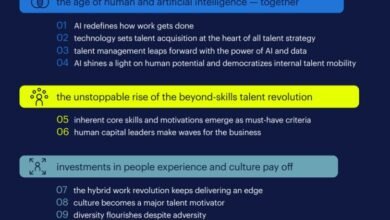
By | David Klaasen | Helping You Create Clarity, Inspire Your People & Drive Performance | Retain your best people | Changing Management Mindsets and Behaviour | Practical Behaviour Analytics
It’s excellent managers – not pay, benefits, perks or a charismatic leader – that are critical to building a strong, high performing workplace. Great managers are not only catalysts and translators, they consistently break the rules of conventional wisdom!
Despite the hundreds of thousands of books on the subject, nobody really knows what being a good manager is any more, and the flat-structure and re-engineering brigades don’t seem to care. Conventional wisdom tells us that the role of manager is no longer very important. Conventional wisdom promotes self-reliant, self-motivated teams, and says every ‘manager’ should be a ‘leader’.
How Would You Measure Up?
In a major piece of research to discover the keys to creating a workplace that can attract, focus and keep the most talented employees, two of the senior researchers in the Gallup Organisation, Marcus Buckingham and Curt Coffman set about analysing 25 years of data. They had exclusive access to 100 million questions and answers from employee surveys and used quite sophisticated statistics to isolate the 12 questions that measure the strength of a high performing workplace.
As part of the research they only kept questions that consistently got high scores where there was also clear evidence of higher performance measures like productivity, profitability, staff retention rates and customer satisfaction rates. They designed and filtered the questions so that they could identify where high scores matched high performing teams. For example each question was answered using a scale of 1-5 where “1” is strongly disagree and “5” is strongly agree. A question where everyone always answered strongly agree irrespective of performance was deemed a weak question and discarded.
Once they had the questions, they tested and verified them across 25,000 business units with an average of 42 staff in each, using focus groups and 105,000 employees taking part. They were then able to compare how the answers people gave were directly linked to performance.






